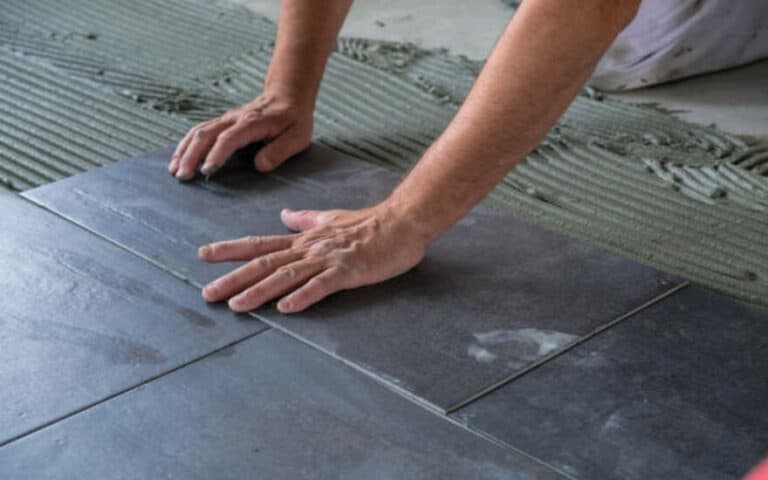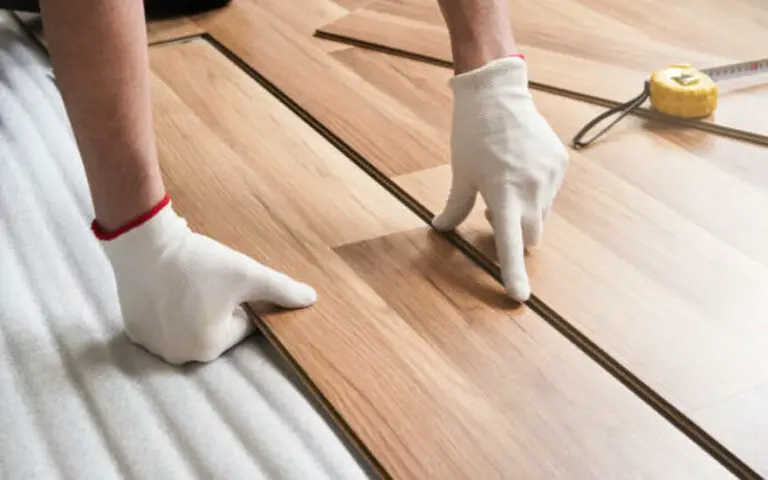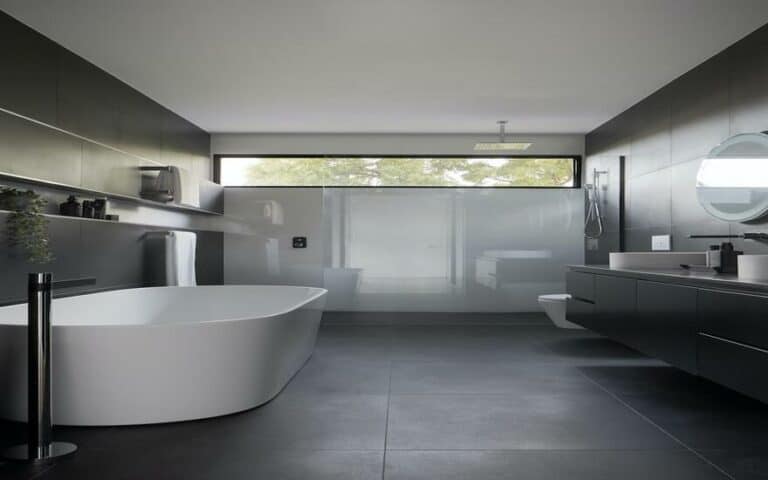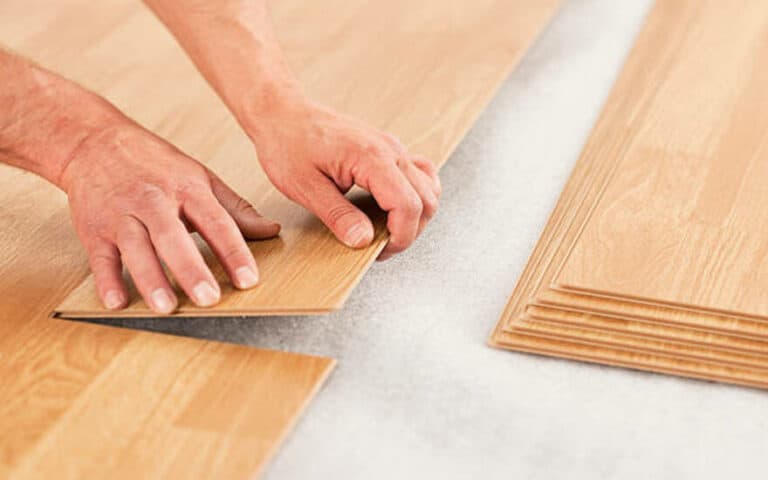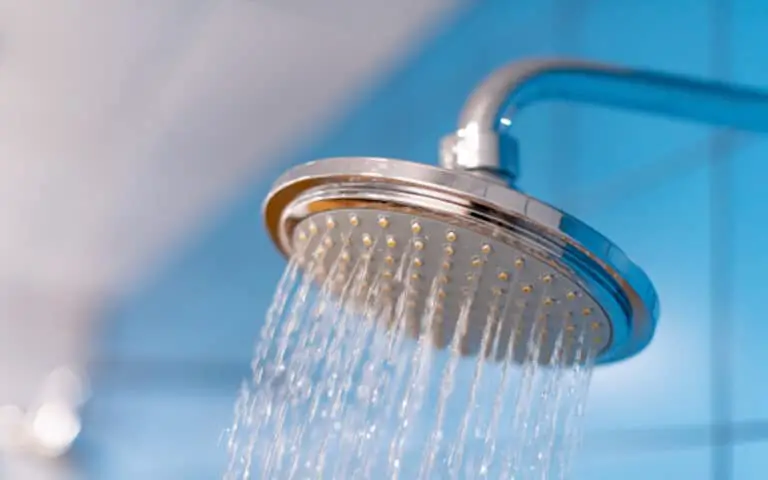If you’re considering installing luxury vinyl tile (LVT) or luxury vinyl plank (LVP) flooring in your bathroom, there are some special considerations that you should take into account. In this blog post, I’ll discuss the importance of moisture protection for LVT and LVP floors in high-moisture bathrooms and explain how to choose the right flooring for your needs.
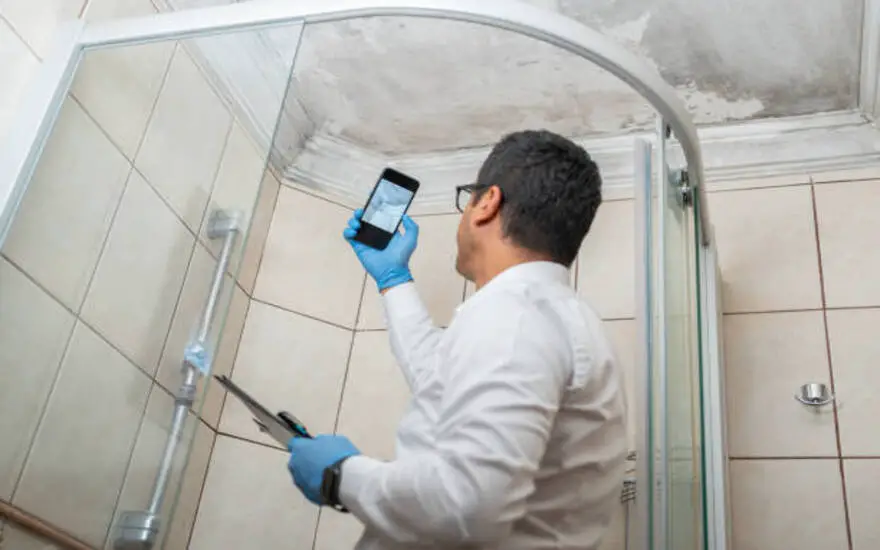
How to improve the slip-resistance of vinyl bathroom flooring (LVT and LVP)?
As a homeowner, it’s essential to understand the best ways to improve the slip-resistance of luxury vinyl tile (LVT) and luxury vinyl plank (LVP) flooring for high-moisture bathrooms. To start, you should look for LVT and LVP flooring with a textured surface.
Textured surfaces are harder to slip on than smooth surfaces. You can also look into sealant options to help protect the flooring from wear and tear while increasing its slip resistance. Finally, there are strategies you can use to further enhance the slip resistance of your bathroom floors, such as adding non-slip mats or rugs in high-traffic areas.
1. Understand the dangers of slippery bathroom floors
As a homeowner, it’s important to understand the dangers of having a slippery bathroom floor. Not only can it be a potential hazard for you and your family, but it can also lead to costly repairs down the line.
Moisture and humidity levels in bathrooms are usually much higher than in other rooms in your home, so it’s essential to ensure that your vinyl bathroom flooring (LVT and LVP) is slip-resistant. Fortunately, there are several strategies you can employ to ensure that your floor is safe and secure.
2. Choose the right type of flooring for high-moisture areas
In order to choose the right type of flooring for high-moisture areas, it’s important to consider the space’s specific needs.
High-moisture areas are prone to slipping and sliding, so you’ll want to select a highly slip-resistant flooring material. Luxury vinyl tile (LVT) and planks (LVP) are excellent options for bathrooms and other wet areas.
These materials are water-resistant and provide excellent durability, making them ideal for high-traffic areas. They also come in various colors and styles to meet your design needs. For further slip resistance, opt for textured LVT and LVP flooring.
Additionally, you may consider applying the sealant to help protect your floor from water damage and enhance its slip resistance.
3. Opt for textured LVT and LVP flooring
Opt for a textured finish to improve the slip resistance of your vinyl bathroom flooring (LVT and LVP). Textured flooring has a higher coefficient of friction, meaning it’s harder to slip on than smooth vinyl.
Many manufacturers offer textured options that create a realistic stone-like texture. They also provide more depth and dimension to your bathroom design. Additionally, textured LVT and LVP floors are more durable and easier to maintain than smooth ones.
4. Sealant options for vinyl flooring
Once you have selected the best type of flooring for your bathroom, it is important to consider sealing it with a water-resistant sealant.
EPIC High-Performance Floor Finish is a great choice for LVT and LVP floors, as it is a water-based urethane that provides superior protection against water damage and a beautiful finish.
This sealant also offers improved slip resistance, making it ideal for bathroom use. Be sure to follow the manufacturer’s instructions carefully when applying the sealant to ensure that your floor is properly protected.
5. Strategies to improve the slip-resistance of vinyl floors
Once you’ve chosen the right type of vinyl bathroom flooring for your high-moisture bathroom, you can employ a few strategies to further improve the slip resistance of your vinyl floors. One of the most effective ways to do this is by opting for textured LVT and LVP flooring.
Textured flooring provides more traction, making it a great choice for high-moisture bathrooms and areas prone to wetness. Additionally, you can consider using a sealant designed specifically for vinyl flooring.
Sealants are designed to provide extra protection and help keep liquid from seeping into the seams of your floors. Finally, you should also ensure that your floors are regularly cleaned and maintained to keep them looking their best and reduce the risk of slips and falls.
How do you select the right type of vinyl bathroom flooring (LVT and LVP) for high-moisture bathrooms?
When selecting the right type of vinyl bathroom flooring for a high-moisture bathroom, there are several factors to consider.
A luxury vinyl tile (LVT) and plank (LVP) are excellent options for busy homes, as they are 100% waterproof, cost-effective, and come in various sizes and designs. However, in a high-moisture area like a bathroom or laundry room, you’ll want to pay extra attention to both the texture and slip-resistance of the flooring.
Textured LVT and LVP flooring is the best option for improving the slip resistance, and you can also choose to seal the surface with an appropriate sealant for added protection. Additionally, you’ll need to consider any underfloor heating systems when choosing your materials, the size of the pieces, and how you handle any cuts or corners when laying them down.
With these considerations in mind, you can choose the perfect vinyl bathroom flooring.
How to choose the best vinyl bathroom flooring (LVT and LVP) for underfloor heating?
When choosing the best vinyl bathroom flooring for underfloor heating, LVT and LVP are the two most popular options.
Though both are 100% waterproof, LVT is primarily PVC, making it more durable than laminate flooring and engineered hardwood. Also, LVT and LVP flooring come in tiles and planks, allowing for various design options that could be well-suited for underfloor heating. If you are looking for textured vinyl bathroom flooring,
LVT and LVP offer a variety of options to choose from. Lastly, when installing vinyl bathroom flooring on top of an existing floor or over underfloor heating, there are certain steps you must take to ensure it is properly installed.
How to lay vinyl bathroom flooring (LVT and LVP) on top of an existing floor?
Once you have prepared the surface and chosen the right type of underlayment for your vinyl flooring, you’re ready to begin laying the vinyl. I recommend starting with a full vinyl sheet and cutting it around the room’s edges.
Measure and cut vinyl pieces, so they fit in each corner, then use a roller to press them firmly into place. When laying vinyl in high-moisture areas, pay extra attention to the seams between tiles, as any gaps can cause water damage over time. Once you’ve finished laying your flooring, you can use sealant to help protect it from water damage.
1. Prepare the Surface
Before laying the vinyl bathroom floor, I must ensure that the surface is properly prepared. This includes checking for any unevenness or cracks in the existing surface and ensuring that it is clean and free from debris.
If there are any issues with the existing floor, I should consider installing an underlayment to provide a more stable, level surface. Additionally, I should measure and cut my pieces of vinyl flooring in advance to ensure a more precise installation.
2. Underlayment
When selecting the right underlayment for vinyl bathroom flooring (LVT and LVP), it’s important to consider the type of vinyl flooring you are installing.
With thinner vinyl flooring construction, adding a foam underlayment can affect the overall performance of your floor. A waterproof underlayment is essential if you install luxury vinyl tile directly over a concrete floor.
Additionally, if you are installing luxury vinyl tile (LVT) or luxury vinyl plank (LVP) over an existing floor, your subfloor should be clean, rigid, level, and free of cracks. It’s also important to remember that with laminate, engineered wood, and ceramic tile flooring, it’s essential to include an underlayment before installing vinyl flooring if there is no existing underlayment.
As a rule of thumb, any vinyl over 4mm can have a specific underlayment. These considerations can help you choose the best underlayment for your bathroom floor.
3. Measure and Cut Pieces
Once I’ve prepared the surface and laid the underlayment, I can measure and cut pieces to fit the floor. I’ll need some tools for this task, including a measuring tape, chalk or crayon, a straightedge, and a vacuum. Some manufacturers also recommend using a tapping block and rubber mallet.
It’s important to remember that thinner vinyl flooring may require foam underlayment for optimal performance. I can start cutting pieces to fit my bathroom floor with my tools ready.
How to handle cuts and corners when installing vinyl bathroom flooring (LVT and LVP)?
When it comes to cutting and cornering for vinyl bathroom flooring, the process is relatively straightforward. First, measure and mark the area where you want to cut or corner the pieces of LVT or LVP.
Then, use a sharp utility knife or a jigsaw to make the cuts as necessary. Make sure to keep your cuts straight and even, and be sure to wear protective eyewear when handling sharp blades. It’s also important to take care when handling the corners of your flooring since they can easily become damaged.
To ensure a smooth installation, use a corner block or edge trim when installing your vinyl flooring pieces in corners. This will help give your floor a more professional finish while protecting the edges of each piece.
How to choose the best vinyl bathroom floor?
Choosing the best vinyl bathroom floor for a high-moisture environment can be challenging. Luckily, there are some excellent options out there that can provide the perfect balance of style, durability, and water resistance.
Luxury Vinyl Tiles (LVT) and Luxury Vinyl Planks (LVP) are our go-to choices for bathroom flooring. They are 100% waterproof and slip-resistant and come in various ORs and styles. When selecting LVT or LVP for your bathroom, look for an enhanced urethane finish to ensure durability and easy maintenance in high-traffic areas.
Additionally, you may want to consider textured flooring options to help improve slip resistance in wet environments. Sealing your vinyl flooring will also help protect it from water damage. With the right flooring and proper installation, you can have a beautiful and safe bathroom floor that will last for years!
Summary
In summary, LVP and LVT flooring are excellent options for bathrooms with high moisture levels. They are 100% waterproof and resistant to flooding, making them ideal for bathrooms. When selecting flooring, choose one that is textured to increase slip resistance.
Additionally, you should lay the floor according to the manufacturer’s instructions and use underlayment and sealants to increase the floor’s life. With the right preparation and care, your LVP or LVT floor can last for many years with minimal maintenance.

